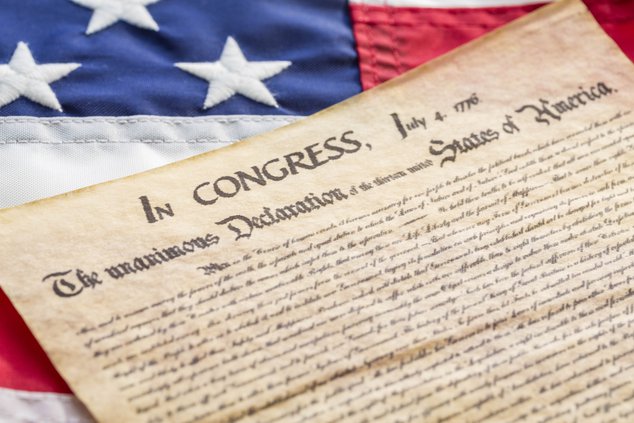Few summertime holidays elicit as much excitement as the Fourth of July, also known as Independence Day in the United States. Each year, family, friends and revelers anticipate the arrival of the holiday so they can host barbecues, enjoy the sun, listen to their favorite summertime tunes, and commemorate the freedoms afforded by the monumental events that led to the holiday’s establishment.
Independence Day became a federal holiday in 1941, but July 4th has stood as the birth of American independence for much longer. July 4th marks a pivotal moment in the American Revolution. According to PBS, the colonies were forced to pay taxes to England’s King George III despite having no representation in the British Parliament. ‘Taxation without representation’ became a battle cry and was one of several grievances colonists had with Great Britain.
Conflict between the colonies had been going on for at least a year before the colonies convened a Continental Congress in Philadelphia in June of 1776, says Military.com. On July 2, 1776, the Continental Congress voted in favor of independence from England. Two days later, on July 4, 1776, delegates from the 13 colonies adopted the Declaration of Independence.
The Declaration of Independence is an historic document drafted by Thomas Jefferson. Jefferson was considered the strongest and most eloquent writer of the declaration writing committee charged with putting the colonies’ sentiments into words. Richard Henry Lee of Virginia was one of the first people to present a resolution for American independence, and his commentary was the impetus for the formal Declaration of Independence. A total of 86 changes were made to Jefferson’s original draft until the final version was adopted. The signing of the document helped to solidify independence, and eventually lead to the formation of the United States of America.
A total of 56 delegates signed the document. Although John Hancock’s signature is the largest, it did not hold more weight than the other signatures. Rather, rumor has it, Hancock signed it so large so that the ‘fat, old King could read it without his spectacles.’ However, the National Archives says it was also customary that, since Hancock was the president of the Continental Congress, he be the first person to sign the document centered below the text.
The Pennsylvania Evening Post was the first newspaper to print the Declaration of Independence on July 6, 1776. The first public readings of the Declaration were held in Philadelphia’s Independence Square on July 8, 1776.





